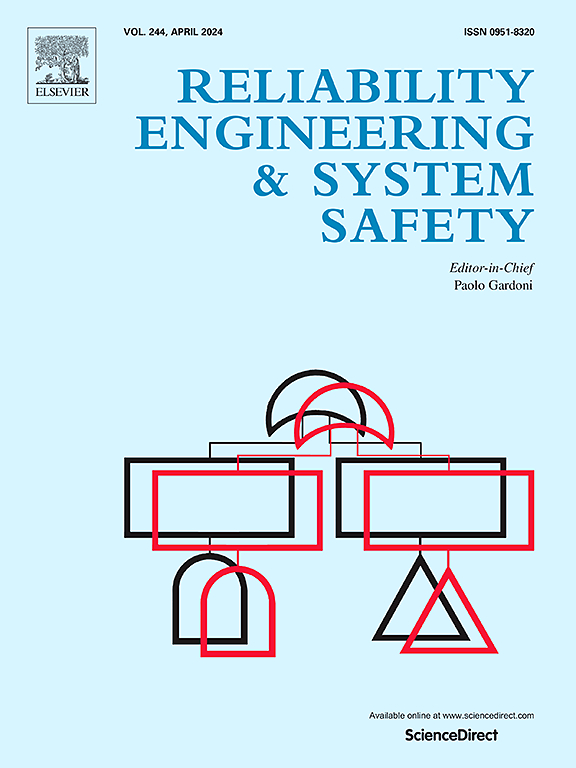Coloured Petri Nets-based Approach for Modelling Effects of Variation on the Reliability of the Newborn Life Support Procedure
IF 9.4
1区 工程技术
Q1 ENGINEERING, INDUSTRIAL
引用次数: 0
Abstract
About 10 % of newborns need a life support procedure following birth. However, this procedure has a considerable error rate of more than 25 %, which may compromise its safety and reliability. Continuous studies to improve its performance are carried out, but in-field studies can be expensive and not always feasible. Hence, a modelling approach is proposed. Studies have shown how variations and errors in this procedure are associated with technical and non-technical factors. Thus, the proposed approach includes these aspects by considering different settings of thermal care, the experience of the doctor, types of respiratory devices, and the ability of the clinical staff to cope with stress. The Coloured Petri Nets (CPNs) approach is used to model the characteristics of this Newborn Life Support (NLS) procedure. This technique can facilitate complex system modelling with a compact representation. The dynamic characteristics of the procedure are implemented during a simulation of the CPNs model. These relate to the duration of steps, the baby's physical response, and variations or errors from the required protocol. This paper demonstrates how risks in the protocol relating to the baby's final condition and clinical decision inaccuracies can be quantified by the approach.
求助全文
约1分钟内获得全文
求助全文
来源期刊

Reliability Engineering & System Safety
管理科学-工程:工业
CiteScore
15.20
自引率
39.50%
发文量
621
审稿时长
67 days
期刊介绍:
Elsevier publishes Reliability Engineering & System Safety in association with the European Safety and Reliability Association and the Safety Engineering and Risk Analysis Division. The international journal is devoted to developing and applying methods to enhance the safety and reliability of complex technological systems, like nuclear power plants, chemical plants, hazardous waste facilities, space systems, offshore and maritime systems, transportation systems, constructed infrastructure, and manufacturing plants. The journal normally publishes only articles that involve the analysis of substantive problems related to the reliability of complex systems or present techniques and/or theoretical results that have a discernable relationship to the solution of such problems. An important aim is to balance academic material and practical applications.
 求助内容:
求助内容: 应助结果提醒方式:
应助结果提醒方式:


